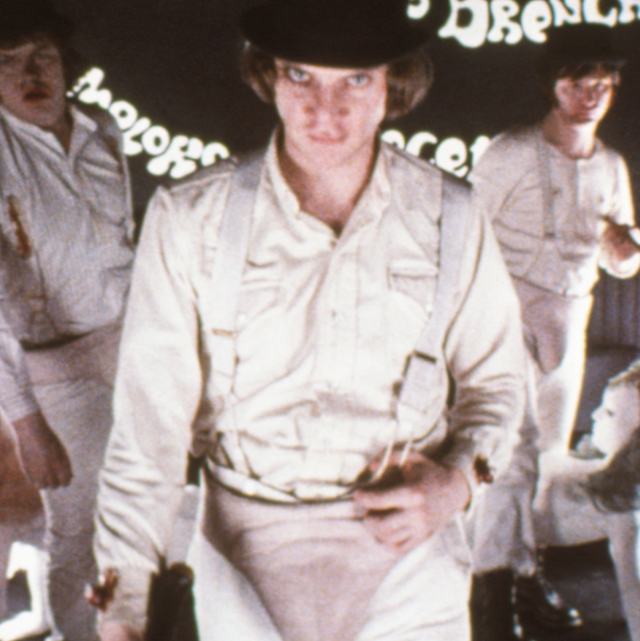
Getty Images
The 1970’s was a decade of intense political and cultural upheaval, what with Vietnam, Watergate, the Sexual Revolution and expansion of women’s rights, the aftermath of Civil Rights birthing the Black Power movement, and the advent of cults and serial killers. Following the dissolution of the Production Code, which had censored onscreen storytelling for decades, the 1970’s also saw an enormous boom in the movie industry, particularly, horror flicks.
New leniency surrounding content violence, language, nudity, sexuality, and other standards of behavior expanded the possibilities of the genre across a broad spectrum. This decade brought the first horror films to receive nominations and win Academy Awards (The Exorcist, Carrie), but it also gave us the era of grindhouse exploitation (led by notorious production studio, AIP under producer, Sam Arkoff, responsible for films like The Vampire Lovers, Dr. Jekyll and Sister Hyde, and Blacula), as well as those which tread in the territory of the experimental (Eraserhead, Hausu, everything by John Waters).
Exploitation films eventually birthed blaxploitation, marking a significant boom in onscreen representation for Black folks. Though the vast majority of these films are highly problematic by current standards, key entries mark deeply significant contributions to the Black Horror tradition including Blacula, Scream Blacula Scream, the aforementioned, Ganja and Hess, Sugar Hill, and J.D.’s Revenge. Also within exploitation, women began taking the lead in slashers and rape revenge films (Black Christmas, The Texas Chainsaw Massacre, I Spit on Your Grave), leading to the establishment of the trope Carol Clover coined as the Final Girl in her book, Men, Women, and Chainsaws: Gender in the Modern Horror Film.
In other words, the ’70s birthed some of the most iconic horror flicks in history and influenced generations of movies to come, a reflection of a tumultuous time in U.S. history. Want to get caught up? Here are some of the best picks from the decade:
Advertisement – Continue Reading Below
This content is created and maintained by a third party, and imported onto this page to help users provide their email addresses. You may be able to find more information about this and similar content at piano.io
Advertisement – Continue Reading Below


Comments are closed.